It seems like you’re asking about carrying out construction. If you’re referring to the steps involved in executing a construction project, here’s a simplified overview:
Key Steps in Carrying Out a Construction Project:
- Planning and Design:
- Develop architectural and engineering designs.
- Ensure all drawings and specifications are approved.
- Create a project plan, including timelines, budgets, and milestones.

- Obtaining Permits and Approvals:
- Secure necessary permits from local authorities (building, zoning, environmental).
- Ensure compliance with regulations (e.g., safety, environmental).
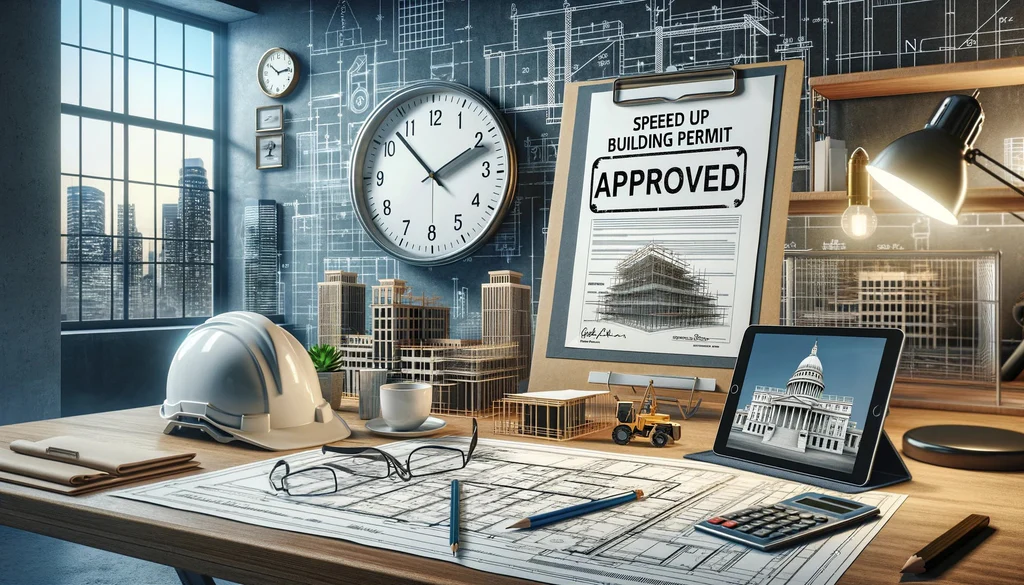
- Site Preparation:
- Clear the construction site (removal of trees, existing structures, etc.).
- Grade the site to prepare it for building foundations.
- Set up site boundaries, fencing, and temporary facilities (offices, storage).

- Foundation Work:
- Excavate and prepare the ground for foundations.
- Install footings and lay the foundation (concrete, slab, or other foundation types).
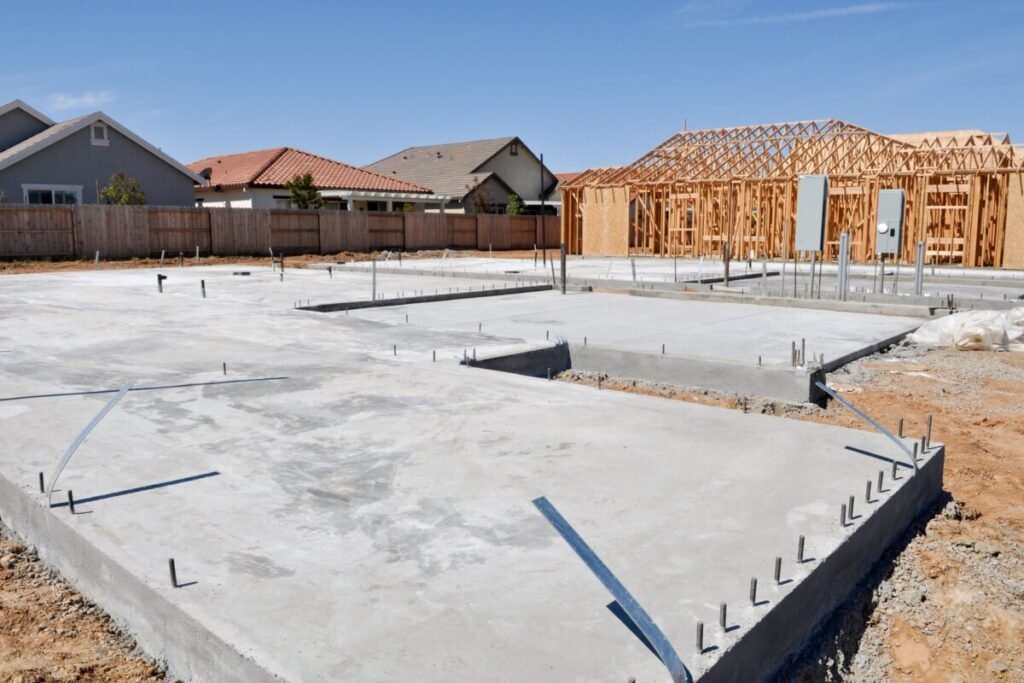
- Structural Construction:
- Begin the building’s framework (steel, wood, concrete, or other materials).
- Erect walls, columns, and roofing structures.
- Ensure stability and compliance with building codes.

- Utility Installation:
- Install plumbing, electrical, and mechanical systems.
- Include HVAC (Heating, Ventilation, and Air Conditioning) systems.
- Coordinate with utility providers for hookups (water, electricity, gas).

- Interior and Exterior Finishing:
- Complete wall finishes, flooring, ceilings, and cabinetry.
- Install windows, doors, and other fixtures.
- Exterior finishes such as paint, siding, or cladding are applied.

- Inspection and Quality Control:
- Conduct inspections at key stages (foundation, framing, plumbing, electrical).
- Ensure the building meets safety and construction standards.

- Landscaping and Final Touches:
- Install driveways, walkways, and landscaping features.
- Make any necessary touch-ups and final corrections.
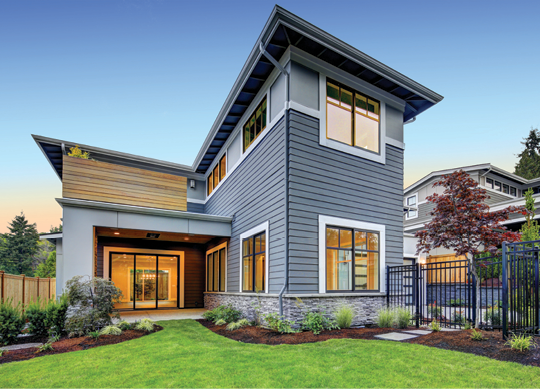
Handover and Post-Construction:

Tips for Successful Construction:
- Project Management: Use project management tools to track progress, timelines, and budgets.
- Coordination: Ensure good communication between architects, engineers, contractors, and workers.
- Safety: Enforce strict safety regulations to avoid accidents or delays.
- Quality Control: Inspect work regularly to maintain high-quality standards.
Let me know if you need further details on any specific step or help with a particular type of construction!






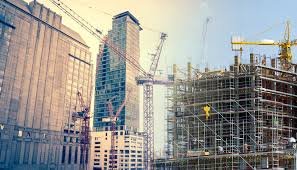
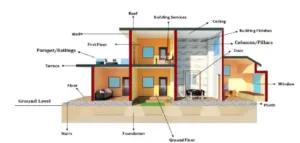



Add comment